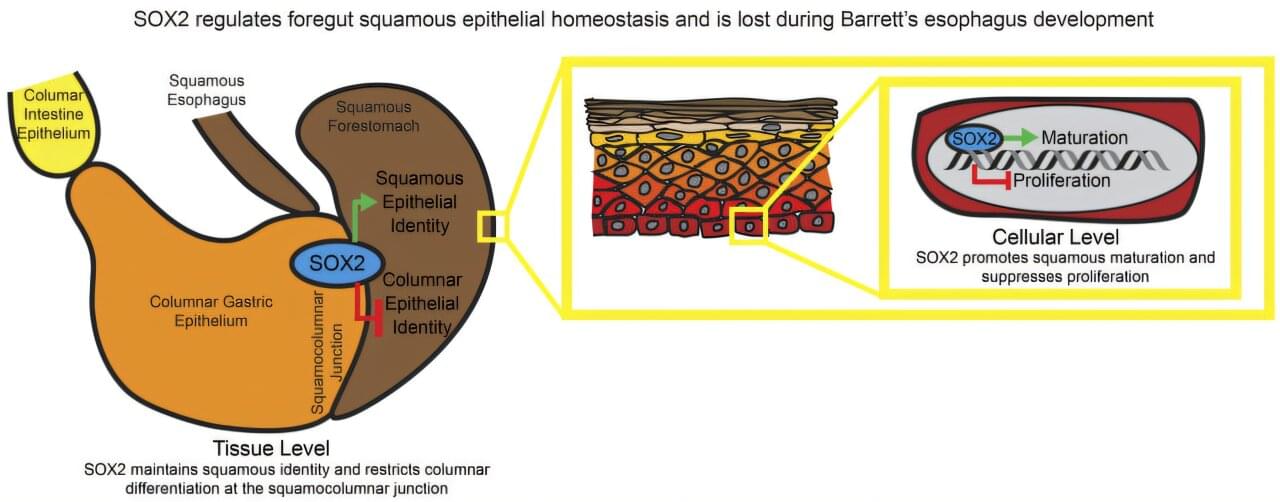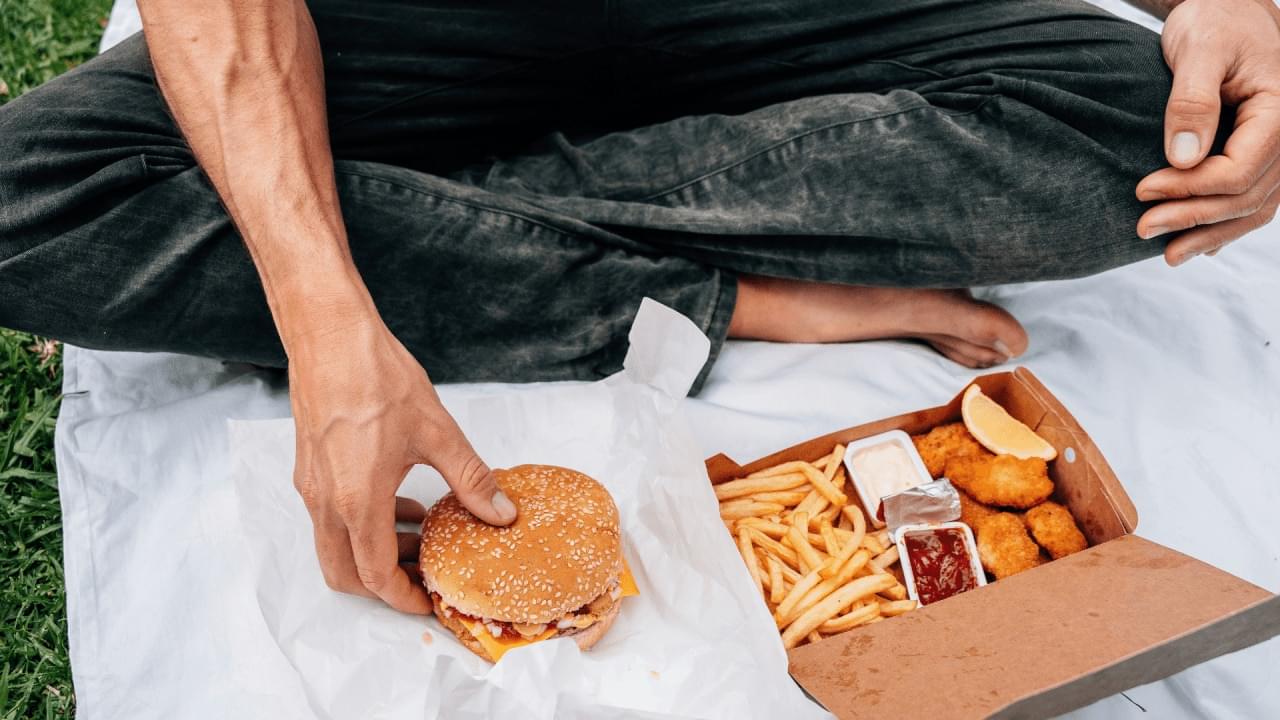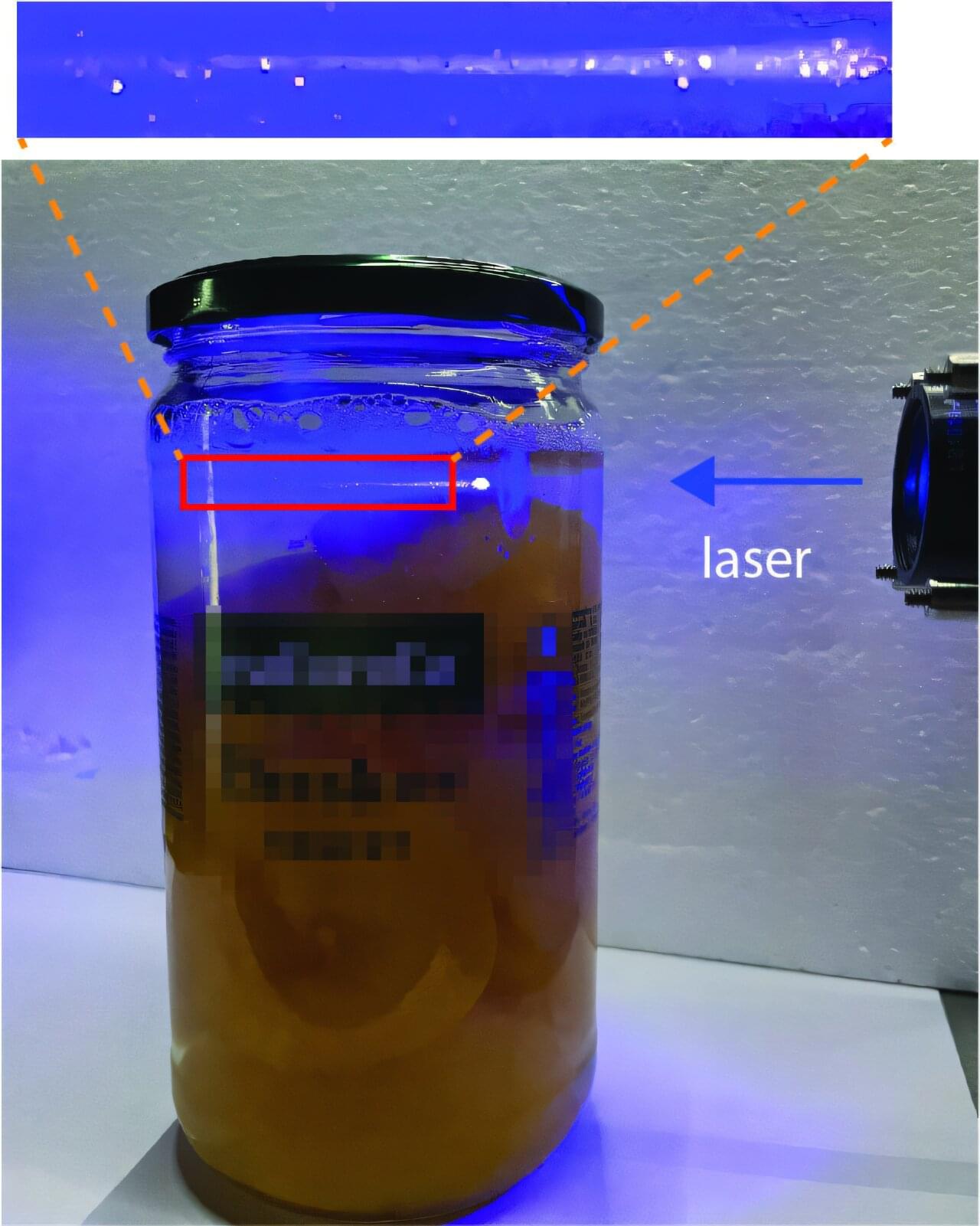A cellular reboot in your food, and maybe your future.


A new sensing system called SonicBoom could help agricultural robots navigate cluttered environments where visual sensors struggle.
Developed by researchers at Carnegie Mellon University, SonicBoom uses tiny contact microphones to sense sound and localize objects that a robotic arm touches.
Interestingly, these robots could help farmers harvest crops even in increasingly challenging conditions, such as rising temperatures.

Clean, safe water is vital for human health and well-being. It also plays a critical role in our food security, supports high-tech industries, and enables sustainable urbanization. However, detecting contamination quickly and accurately remains a major challenge in many parts of the world.
A new device developed by researchers at the National University of Singapore (NUS) has the potential to significantly advance water quality monitoring and management.
Taking inspiration from the biological function of the oily protective layer found on human skin, a team of researchers led by Associate Professor Benjamin Tee from the Department of Materials Science and Engineering in the College of Design and Engineering at NUS translated this concept into a versatile material, named ReSURF, capable of spontaneously forming a water-repellent interface.

A team led by researchers at Baylor College of Medicine and Washington University School of Medicine has shed light on the process that drives Barrett’s esophagus formation. This condition affects the lining of the esophagus—the tube that carries food from the mouth to the stomach—and increases the risk of developing esophageal adenocarcinoma, a serious and often deadly cancer.
The study, published in the Journal of Clinical Investigation, reveals that two important genes involved in guiding and maintaining the identity of the esophagus and intestine, SOX2 and CDX2, are altered in Barrett’s esophagus. The findings not only deepen our understanding of how the disease develops but also open the door to new ways of identifying people at risk and potentially preventing the condition from progressing to cancer.
“Esophageal adenocarcinoma is one of the fastest growing solid cancers. It is difficult to treat, and there are no effective screening techniques available,” said first and co-corresponding author Dr. Ramon Jin, assistant professor in the John T. Milliken Department of Medicine at Washington University.


If you’ve ever consumed food made with olive oil, there’s a good chance you’ve unknowingly ingested materials capable of producing lasers. Researchers have recently demonstrated edible microlasers—tiny lasers made entirely from food-safe materials—that can be used for food monitoring, product authentication and tagging. These edible microlasers are composed of droplets of oil or water–glycerol mixtures doped with natural optical gain substances, such as chlorophyll (the green pigment in leaves) or riboflavin (vitamin B2).
Researchers have shown that olive oil already contains enough chlorophyll to be used directly as a laser in the form of droplets without the need for additional ingredients. They can be excited using external light, such as a pulsed laser. The research is published in the journal Advanced Optical Materials.
Edible microlasers can be realized in different configurations, including whispering gallery modes (where light circulates inside a droplet) and Fabry–Pérot cavities (where light reflects back and forth between two surfaces). Their emission properties can be tuned by varying the cavity size or the surrounding conditions, such as the refractive index of the medium.
While we may still not have flying cars, robot butlers or food replicators actually in our possession, you can now order something else you may have long dreamt of. It’s called the Photon Matrix, and it uses lasers to track and kill airborne mosquitoes.
Currently the subject of an Indiegogo campaign, the Chinese-designed device is claimed to be capable of detecting a mosquito and gauging its distance, orientation and body size within just 3 milliseconds.
It does so using a LiDAR (light detection and ranging) module which determines the locations of objects by emitting laser light pulses, then measuring how long it takes that laser light to be reflected back by whatever it hits. When a mosquito is detected in this fashion, a second galvanometer-directed laser is instantaneously used to fatally zap the insect.

Geroprotectors, a class of compounds that ameliorate molecular, cellular, or physiological aging-related alterations, have garnered significant attention in the quest to promote healthy aging and extend the human health span. Among these, Calorie Restriction Mimetics (CRMs) have emerged as promising candidates due to their potential to mimic the benefits of calorie restriction, a dietary approach involving reduced calorie intake without malnutrition. Prospective CRMs may include biguanides (metformin and aminoguanidine), which exert effects on the insulin signaling pathway; rapamycin, which interacts with mTOR signaling pathways; and stilbenes (resveratrol), which influences stress signaling pathways and promotes the activation of AMPK, impacting mitochondrial metabolism in addition to the activity of FOXO and sirtuin.
Dyson Farming’s 26-acre glasshouse in Lincolnshire is already home to 1,225,000 strawberry plants, which are grown all year round, to produce over 1,250 tonnes of high-quality British strawberries.
Dyson is always looking to maximise efficiency of the farms and the quality of their produce. The most recent development in the glasshouse is Dyson’s Hybrid Vertical Growing System, the trial of which has just finished. It exceeded all expectations, boosting yields by 250% whilst optimising the quality of the fruit.
